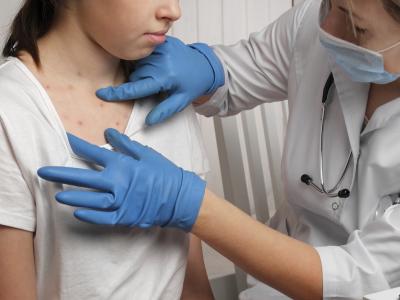US audit finds Canada's meat inspections wanting
Canada's food inspection agency received the lowest possible passing grade—"adequate"—from the US Department of Agriculture (USDA) in its latest audit of practices surrounding meat, poultry, and eggs, according to a Food Safety News (FSN) story today.
The Canadian Food Inspection Agency (CFIA) needs to improve its oversight of practices at meat facilities concerning hazard analysis and critical control points (HACCP) and of sanitation and humane animal handling. The CFIA said it has taken corrective action after being informed of the report, FSN report.
The USDA's Food Safety and Inspection Service (FSIS) conducted the audit from Oct 22 to Nov 9, 2012, but the USDA released the report just last month.
FSIS inspectors visited two red-meat slaughterhouses, four meat-processing facilities that produce ready-to-eat meat products, and an egg-processing facility. Inspectors also visited five Canadian government food safety agencies and two private laboratories.
The inspectors found a lack of HACCP compliance and noted concerns over sanitation and humane handling at a beef slaughter plant that was involved in an expansive recall in 2010. They also found poor sanitation practices at a pig slaughterhouse.
Because of the results of the audit, food imported to the United States from Canada will be subject to closer scrutiny than food from countries with higher-rated food safety systems, FSN reported.
Jan 8 FSN story
Full USDA audit report
O111, O26 top list of non-O157 E coli outbreak strains
The most common strains of non-O157 Shiga toxin–producing Escherichia coli (STEC) causing US outbreaks are O111 and O26, researchers from the Centers for Disease Control and Prevention (CDC) said in a report yesterday in Epidemiology & Infection.
The investigators studied outbreaks to 2010 and defined "outbreaks" as having two or more epidemiologically linked culture-confirmed STEC cases. They analyzed data from 46 outbreaks in 26 states that involved 1,727 illnesses and 144 hospitalizations.
Of the 38 outbreaks that involved a single pathogen, 14 were caused by STEC O111 and 11 by O26, which together accounted from two thirds of the outbreaks. Eighty-four percent of the outbreaks were transmitted via either food (17 outbreaks) or person-to-person spread (15).
Food vehicles included dairy products, produce, and meats, and childcare centers were the most common setting for person-to-person transmission. The incidence of hemolytic uremic syndrome, a serious kidney complication, was higher in single-pathogen outbreaks than multiple-pathogen outbreaks (7% vs 0.8%).
Jan 7 Epidemiol Infect abstract










